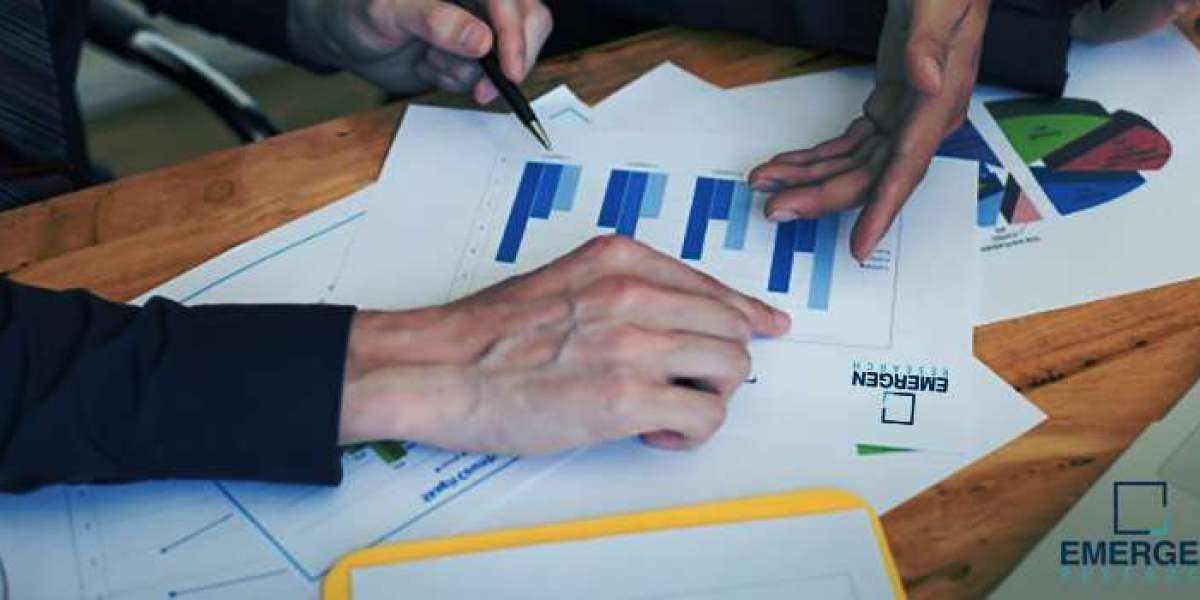Thermodynamics, a critical branch of physics, focuses on the study of energy, heat, and work, and their interrelationships. Understanding thermodynamics is crucial for solving complex engineering problems and designing efficient systems. This blog delves into the core concepts of thermodynamics, explores practical problem-solving techniques, and provides strategies for mastering this challenging subject. So, if you ever wondered, "How to complete my thermodynamics assignment"?- Visit Mechanical Engineering Assignment Help!
1. Core Concepts of Thermodynamics
Understanding the Four Laws of Thermodynamics:
- Zeroth Law: Establishes the concept of temperature and thermal equilibrium.
- First Law: States the principle of energy conservation, highlighting the equivalence of heat and work.
- Second Law: Introduces the concept of entropy and the direction of natural processes, emphasizing that energy transformations are never 100% efficient.
- Third Law: Addresses the behavior of systems as they approach absolute zero, where entropy theoretically reaches a minimum.
Key Thermodynamic Properties:
- Enthalpy (H): Measures the total heat content of a system, combining internal energy and pressure-volume work.
- Entropy (S): Represents the degree of disorder or randomness in a system, crucial for understanding irreversibility and efficiency.
- Gibbs Free Energy (G): Indicates the maximum reversible work a system can perform at constant temperature and pressure, guiding spontaneous processes.
2. Techniques for Effective Problem Solving
Systematic Approach to Problem-Solving:
- Define the System: Clearly outline the boundaries and components of the thermodynamic system under study.
- Establish Assumptions: Make reasonable assumptions to simplify complex problems, such as ideal gas behavior or steady-state conditions.
- Apply Thermodynamic Laws: Use the fundamental laws to set up equations and relationships that describe the system’s behavior.
Utilizing Thermodynamic Charts and Tables:
- Steam Tables: Provide essential properties for water and steam, including enthalpy, entropy, and specific volume.
- Mollier Diagrams: Visualize the relationship between enthalpy and entropy, useful for analyzing processes involving steam and refrigeration.
Solving Thermodynamic Cycles:
- Carnot Cycle: A theoretical cycle representing the most efficient heat engine cycle, serving as a benchmark for real-world engines.
- Rankine Cycle: Used to model steam power plants, involving phases of heat addition, expansion, condensation, and compression.
- Brayton Cycle: Describes the idealized process in gas turbine engines, encompassing compression, heat addition, expansion, and heat rejection.
3. Practical Applications and Examples
Engineering Applications:
- Heat Engines: Analyze the performance and efficiency of engines based on thermodynamic principles, such as internal combustion engines and steam turbines.
- Refrigeration Systems: Apply thermodynamic concepts to design and evaluate refrigerators and air conditioners, focusing on cooling cycles and heat transfer.
Real-World Examples:
- Power Generation: Evaluate the efficiency of power plants using thermodynamic cycles and principles, aiming to optimize energy conversion and reduce losses.
- HVAC Systems: Understand the thermodynamics of heating, ventilation, and air conditioning systems to improve energy efficiency and comfort.
4. Advanced Topics in Thermodynamics
Non-Equilibrium Thermodynamics: Explore processes that occur out of equilibrium, including transient phenomena and chemical reactions.
Statistical Thermodynamics: Delve into the microscopic perspective of thermodynamics, relating macroscopic properties to molecular behavior through statistical methods.
5. Resources and Further Learning
Educational Resources:
- Textbooks and Online Courses: Utilize comprehensive textbooks and online courses to deepen your understanding of thermodynamics concepts and problem-solving techniques.
- Software Tools: Employ simulation software to model thermodynamic processes and perform complex calculations with greater accuracy.
Engage with the Community:
- Forums and Study Groups: Participate in online forums and study groups to discuss challenging problems and exchange insights with peers and experts.
Conclusion
Mastering thermodynamics requires a solid grasp of fundamental principles, effective problem-solving techniques, and practical application of concepts. By understanding core laws, utilizing charts and tables, solving cycles, and exploring advanced topics, you can enhance your ability to tackle complex thermodynamic challenges. Utilize available resources and engage with the community to continually improve your skills and knowledge in this essential field of study.









